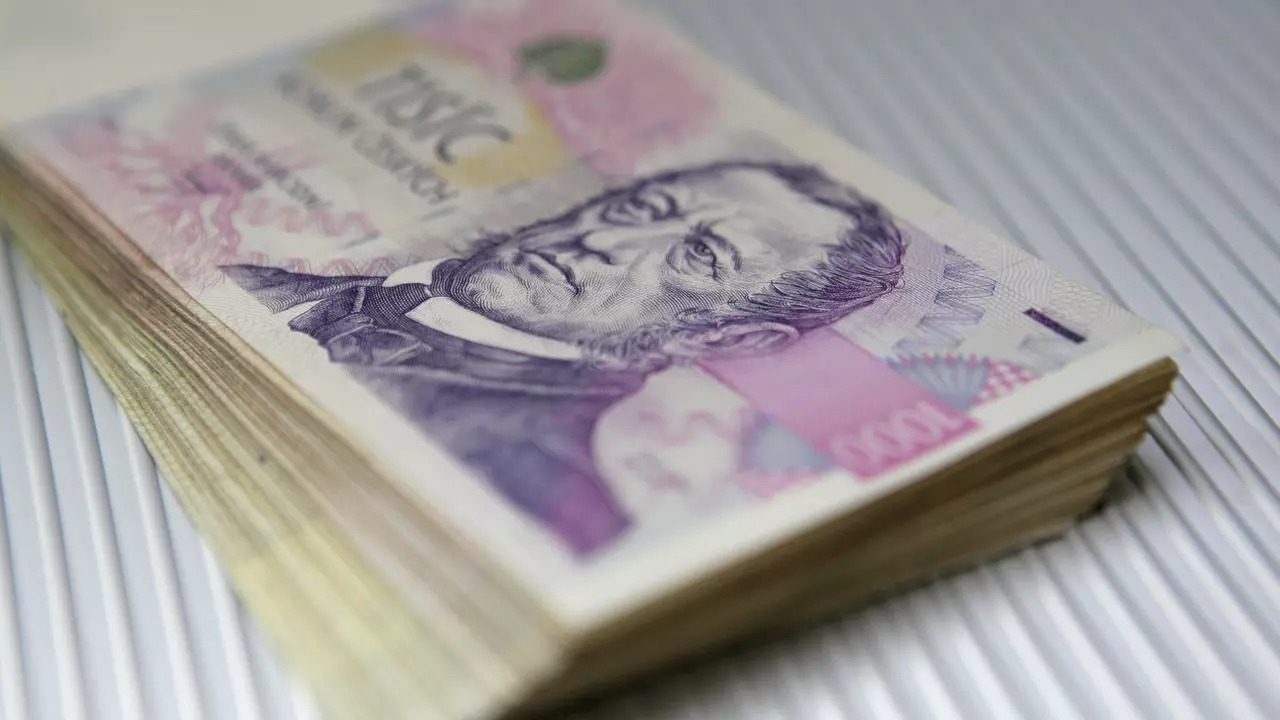Banks will pay more into reserves to protect the credit market. The Czech National Bank (ČNB) has increased the countercyclical capital buffer rate to 2.5 percent from April 1, 2023. The central bank announced the decision in a press release. The ČNB raised the rate to 2% in November of last year, beginning in January 2023.
The rate applies to all banks, credit unions, and securities dealers. Currently, the rate is 0.5 percent. The ČNB sets the rate quarterly, usually with a year’s notice.
The ČNB said that in making its decision, the Board took into account the current position of the Czech economy in the financial cycle, the extent of credit risks on the banking sector’s balance sheet, and the development of its vulnerability.
The Board had earlier decided that the rate would be one percent from July 1, 2022, 1.5 percent from October 1, 2022, and two percent from January 1, 2023, to March 31, 2023. The ČNB used the countercyclical capital buffer for the first time at the end of 2015, when it set it at 0.5 percent with effect from January 1, 2017.
The countercyclical capital buffer is one of the measures of the EU Directive on the access to the activity of credit institutions and the prudential supervision of credit institutions and investment firms (CRD IV).
Banks should build up the buffer at times of credit growth. Conversely, when rising credit losses accompany a downturn in economic activity, banks should use it to cover losses.
The aim is to prevent any problems with financial institutions in the economy. The effect may be to slow down credit growth. In addition, there is a capital buffer to cover systemic risk and a safety margin.







Leave a Reply